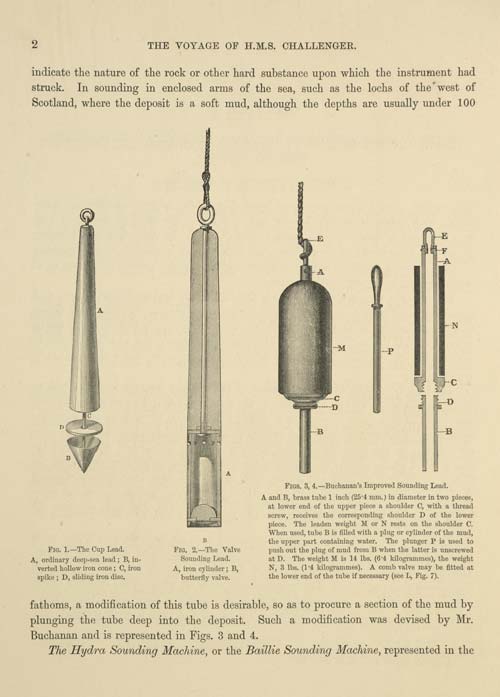
These sounding devices were used by the Challenger, which surveyed New Zealand waters in 1874. Sounding equipment served two functions – the first and most important was to gauge the depth beneath a vessel. This was done by lowering a weight to the sea floor and measuring the length of the rope or sounding line. A secondary function was to determine whether the seabed below was rocky, sandy or muddy.
Te whakamahi i tēnei tūemi
Museum of New Zealand Te Papa Tongarewa
Reference:
C. W. Thomson, The voyage of the ‘Challenger’: the Atlantic. Vol 49. London: Macmillan, 1877, p. 2
Permission of the Museum of New Zealand Te Papa Tongarewa must be obtained before any re-use of this image.






Tāpiritia te tākupu hou